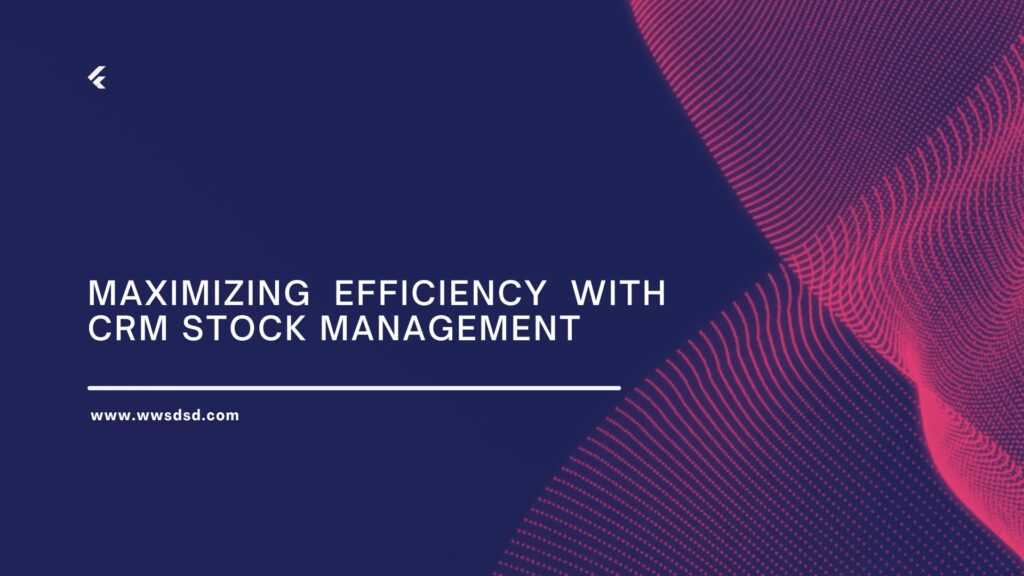In today’s fast-paced digital economy, businesses must leverage the power of integrated systems to stay competitive. Integrating Customer Relationship Management (CRM) and Enterprise Resource Planning (ERP) systems can drive operational efficiency, improve data accuracy, and enhance customer experiences. However, merging these two robust systems requires careful planning and execution. This article will guide you through the key steps and best practices to successfully integrate CRM and ERP for maximum efficiency.
Why Integrate CRM and ERP?
CRM systems help businesses manage customer interactions, sales pipelines, and marketing campaigns, while ERP systems focus on core business processes such as finance, supply chain, and operations. When these systems operate in silos, data inconsistency, redundant tasks, and communication gaps can arise. Integration bridges these gaps and ensures that customer data and operational information are synchronized across departments.
Benefits of Integration:
- Unified data view for improved decision-making.
- Reduced manual data entry and errors.
- Enhanced collaboration between sales, marketing, finance, and operations.
- Faster order processing and fulfillment.
- Better forecasting and planning capabilities.
Key Steps to Integrate CRM and ERP:
- Define Your Goals and Objectives Begin by identifying what you hope to achieve with the integration. This could include streamlining order processing, improving customer service, or gaining better sales insights. Clear goals will shape your integration strategy.
- Choose the Right Integration Method You can integrate CRM and ERP through:
- Point-to-point integrations (direct connections between systems)
- Middleware or integration platforms (such as MuleSoft, Dell Boomi, or Zapier)
- Custom APIs (developed in-house or by a third party) Select the method that best suits your IT infrastructure, budget, and scalability needs.
- Map Your Data Determine which data fields need to be shared between the CRM and ERP systems (e.g., customer information, sales orders, invoices). Create a data mapping plan to ensure consistency and accuracy.
- Ensure Data Quality and Consistency Before integration, clean and validate your data. Duplicate or incorrect records can disrupt system performance and analytics. Establish rules for data ownership and standardization.
- Test the Integration Thoroughly Conduct rigorous testing to ensure that data flows correctly between systems and that business processes function as intended. Address any issues before full deployment.
- Train Your Team Provide training sessions for employees who will use the integrated systems. Familiarize them with new workflows, interfaces, and protocols.
- Monitor and Optimize After integration, continuously monitor system performance and user feedback. Regularly update your integration to accommodate software upgrades and evolving business needs.
Best Practices for CRM and ERP Integration:
- Start with a pilot project to minimize risk.
- Involve stakeholders from all affected departments.
- Maintain open communication between IT and business teams.
- Set measurable KPIs to track integration success.
- Plan for scalability to accommodate future growth.
Conclusion
Integrating CRM and ERP systems is a strategic move that can yield significant business benefits, from improved operational efficiency to better customer insights. By following a structured approach and adhering to best practices, your organization can maximize the value of both systems and gain a competitive edge in the marketplace.

